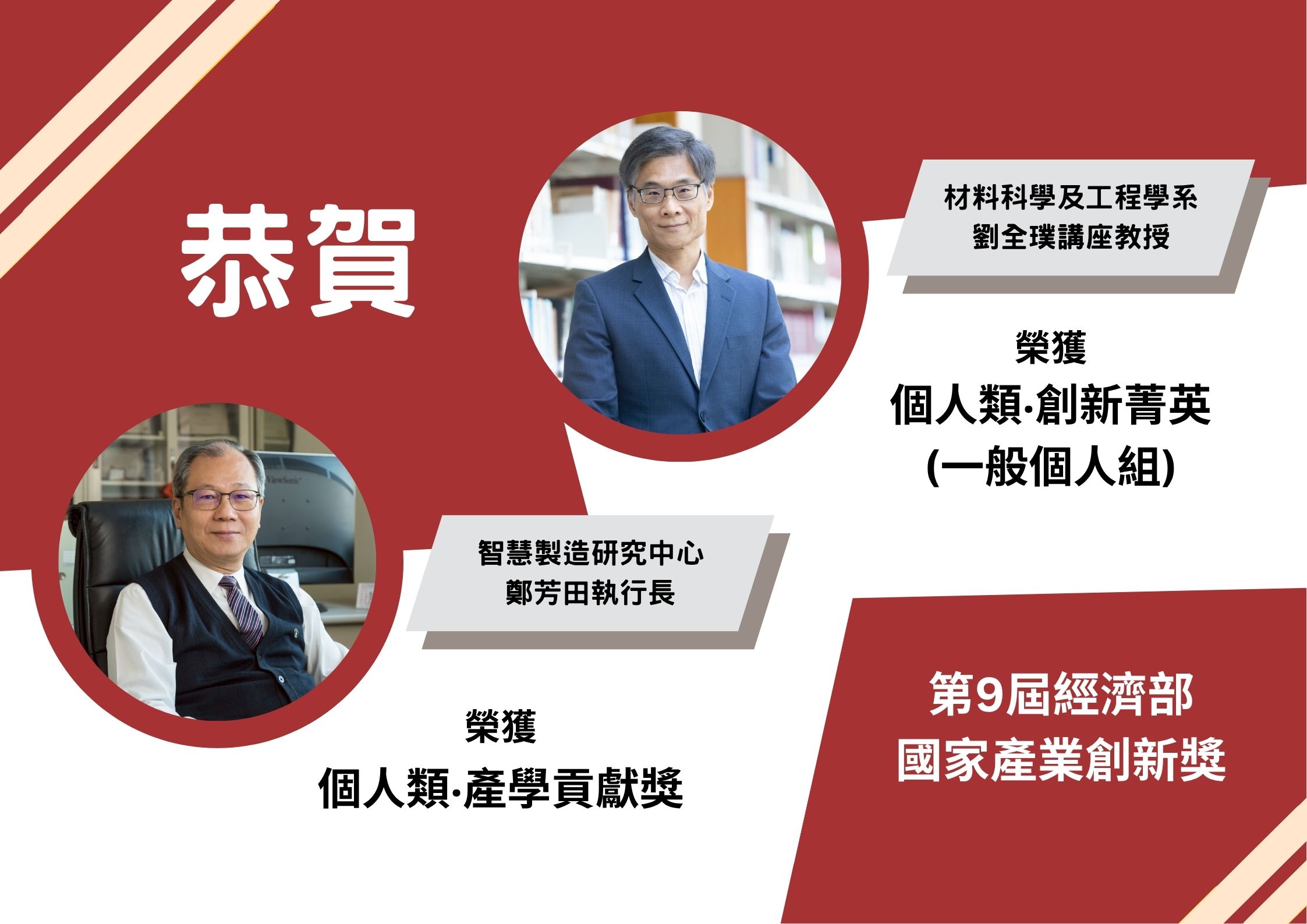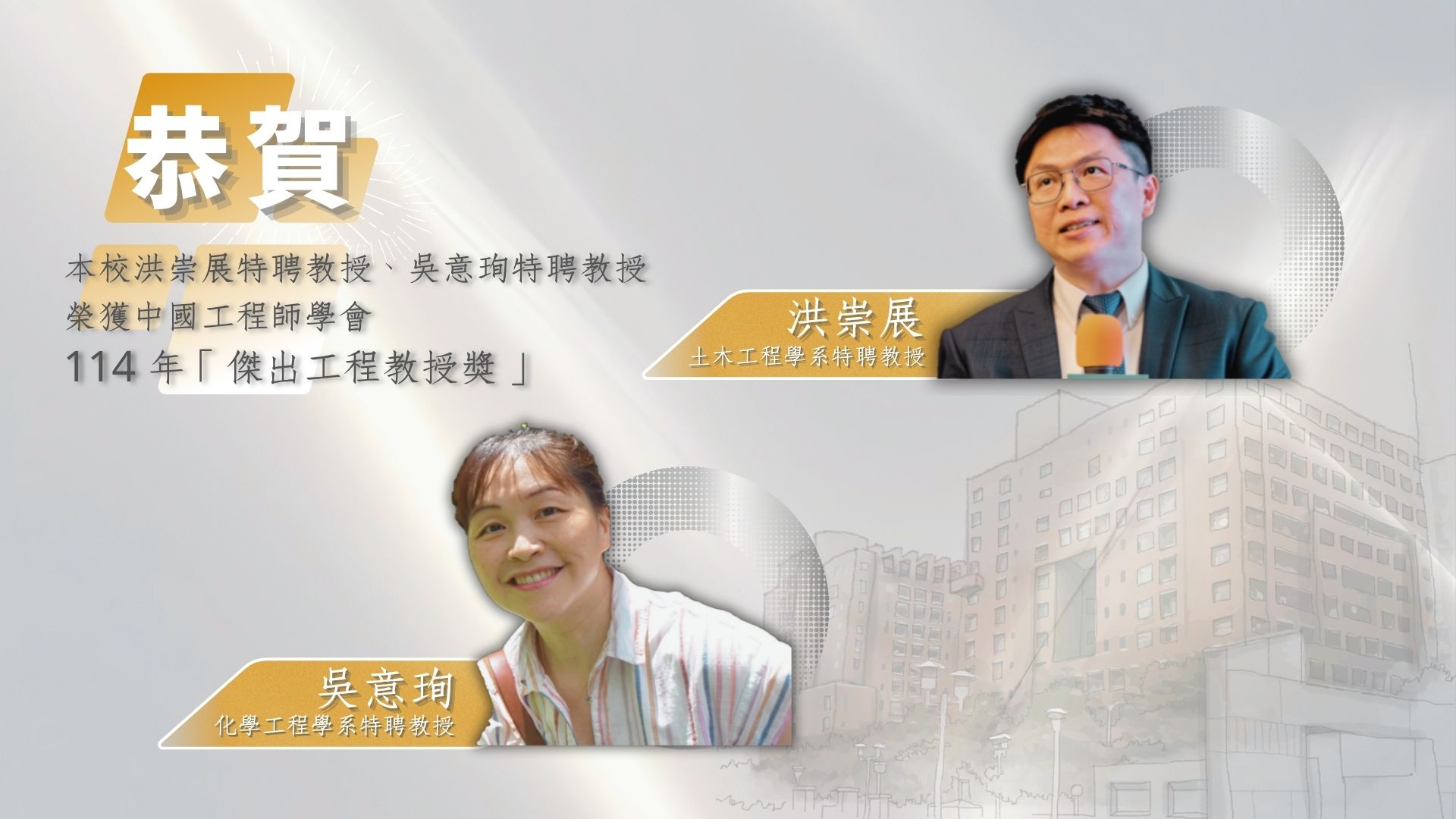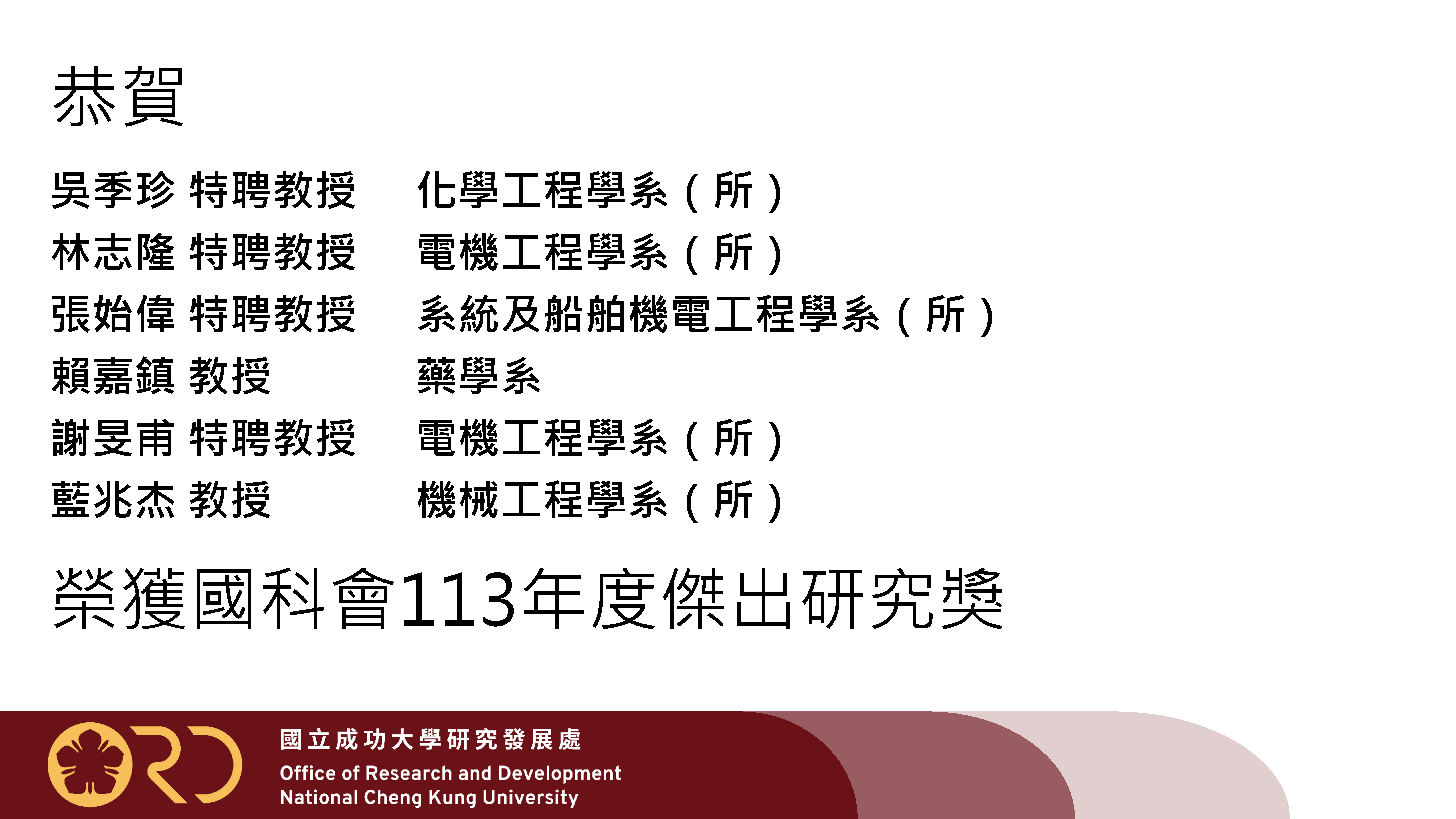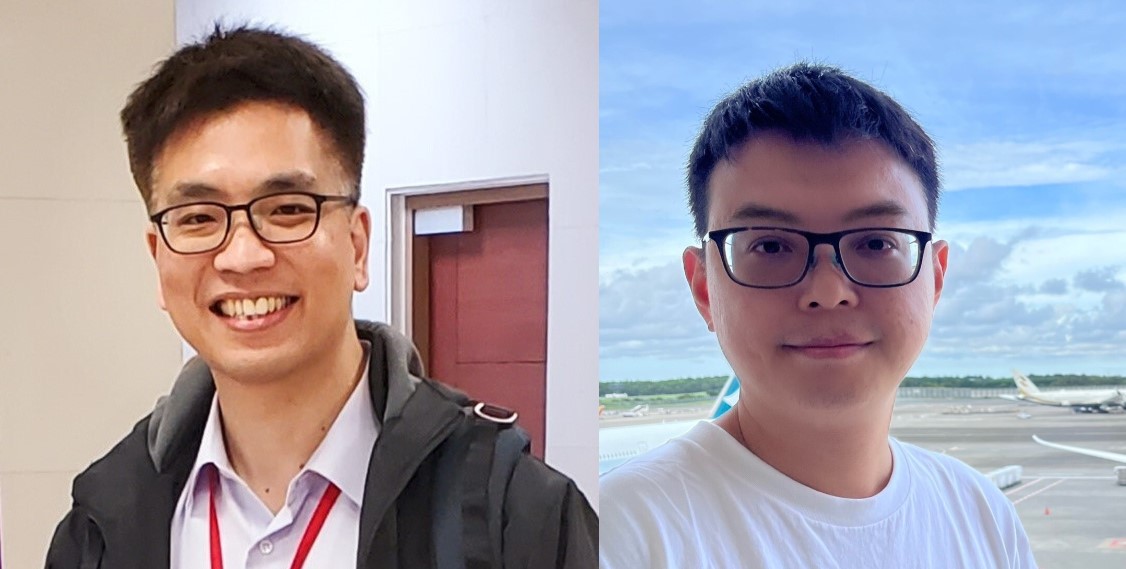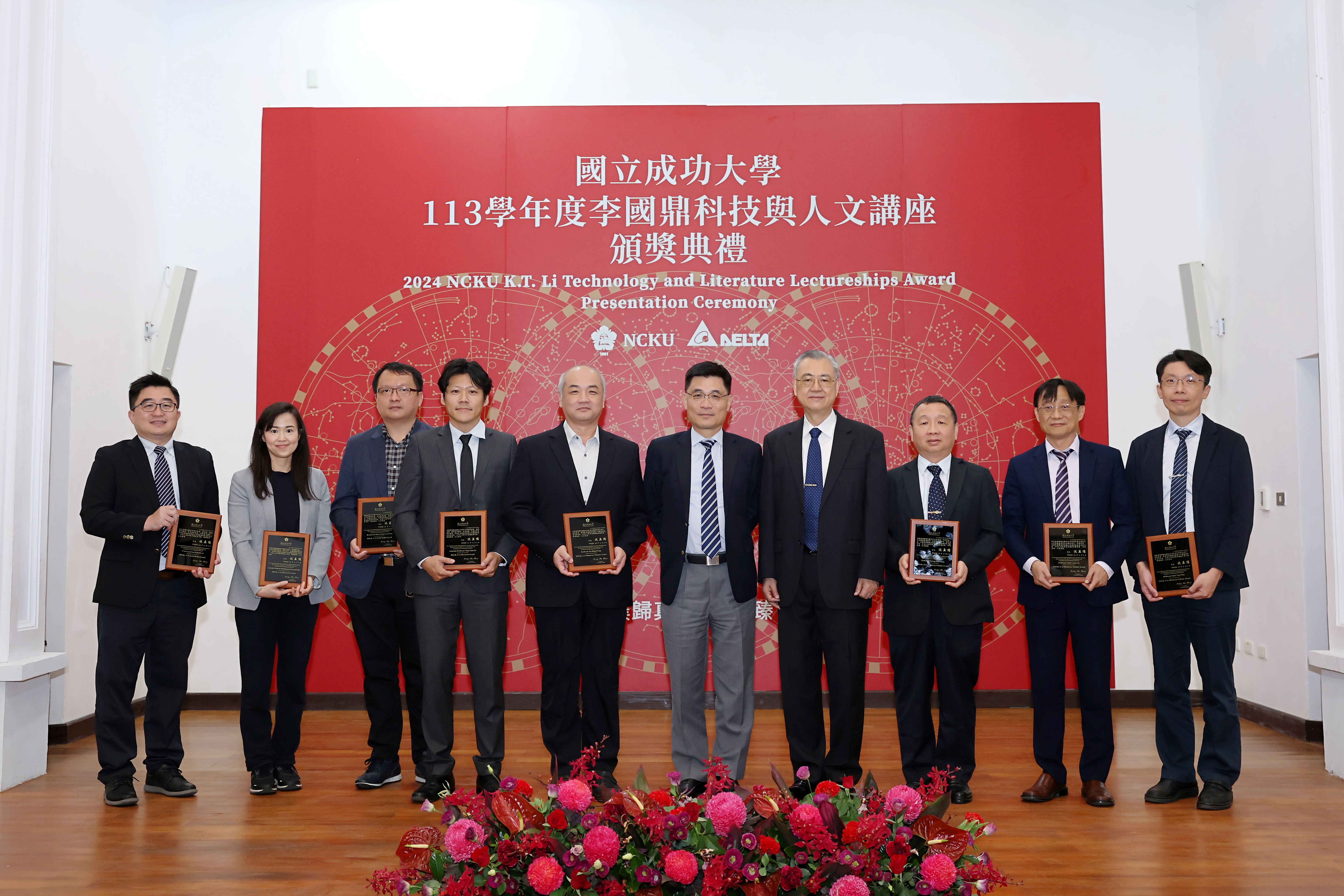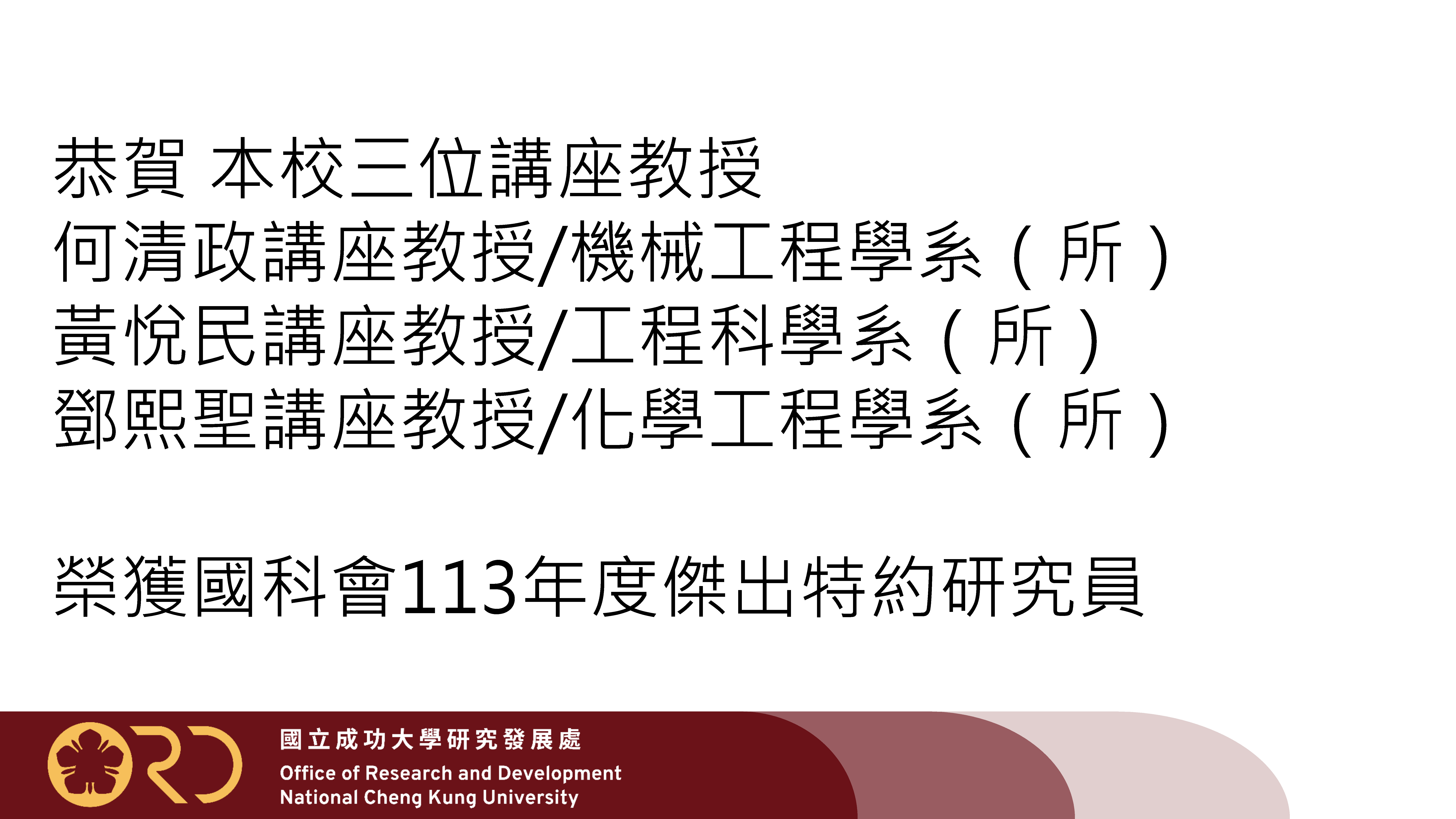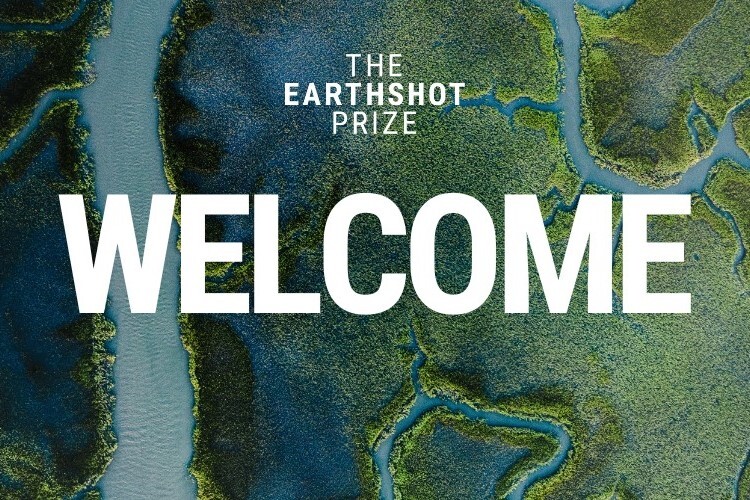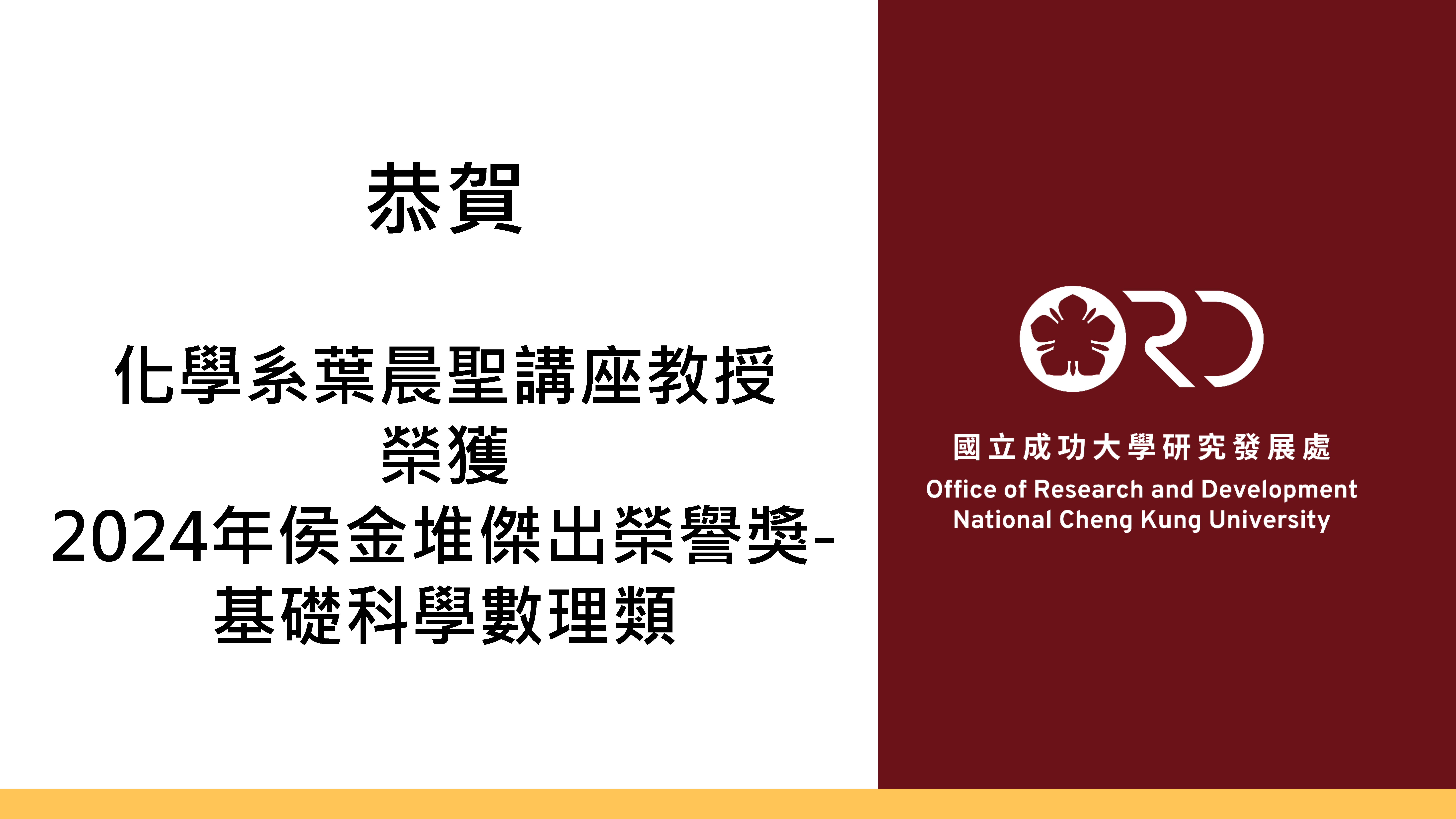|
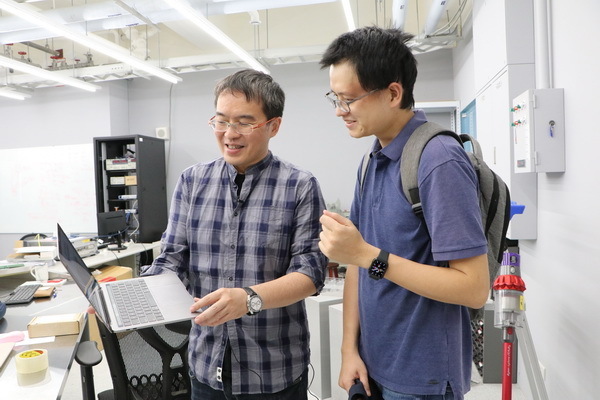
鑽石堅硬透明也是良好的絕緣體,而石墨卻柔軟漆黑且易於導電;這兩個看似天差地遠的物質卻都是由碳原子組成。同樣的元素組成卻有著截然不同的物理性質,主要原因在於它們原子排列方式不同,也就是所謂的晶格結構不同。在自然界中,可藉由不同環境條件而導致。那麼,人類能否藉由人造方式調整原子間的距離與排列,來改變或開創全新的物理特性呢?
在科技部與成功大學高教深耕辦公室的長期支持下,成功大學物理系暨前沿量子科技研究中心(QFort)張景皓助理教授及陳則銘教授結合理論與實驗合作組成的聯合研究團隊,成功開發出利用半導體產業常用的蝕刻技術來調控應力,並進而改變二維材料的原子間相對距離,形成人造超晶格結構。將原本單純的石墨烯轉變為擁有奇異量子特性的嶄新電子元件,不僅有助於探索量子傳輸的基礎物理科學問題,未來將有機會應用在量子科技之中。卓越的研究成果於今(2021)年2月刊登於頂尖學術期刊《自然電子》(Nature Electronics)。
近年來,科學家透過類似玩積木的概念,將薄到只有一個碳原子層的石墨烯以錯位或扭角方式堆疊起來。利用日常生活常見的莫爾紋(moiré pattern)原理來調控原子排列並創造所謂的超晶格結構,藉此將石墨烯從零能隙半導體轉變成超導體、絕緣體,或將其變成像磁鐵般具有鐵磁性。這方法看似簡單美麗,但因需將薄到僅有單原子層厚度的二維材料在特定精確角度扭角堆疊,其實際操作及未來產業應用都有著不小的難度與挑戰。論文第一作者何昇晉博士與陳則銘教授試著另闢蹊徑,思考著是否有其他簡單方式來調控原子排列,甚至是否能隨心所欲地創造任意圖案的超晶格結構?
在這個發想的驅動下,他們構想出利用半導體蝕刻技術來雕塑氮化硼基板表面,進行具有三維結構變化的堆疊,並與謝予強等其他團隊成員開發出能進行原子級尺度雕刻的新穎技術。有別於以往只是單純將二維材料一層一層疊上去,這個新技術能將二維材料的晶格結構依照被雕刻氮化硼人造超晶格基板的結構進行拉伸或扭曲變形,以此操控其對稱性破壞及電子運動等基本物理機制,進而改變物質材料之物理特性。
研究團隊另一項重要發現,在於確立了兩種新型態霍爾效應的發現。過去一百多年來,科學界普遍認為磁場是霍爾效應生成的必要條件,研究團隊在具有人造晶格結構的石墨烯量子元件上,跳脫原有框架、推翻了此一論點,結合實驗及理論證實新的霍爾效應其存在完全不需任何磁場。其中帶領團隊進行理論模型建構及數值模擬的,是另一名論文第一作者同時亦是玉山青年學者的張景皓助理教授。此突破除了理解量子傳輸的基礎科學問題外,對日後應用於量子電子元件及晶片也有著莫大的幫助。
Diamond is hard and transparent and is also a good insulator. The graphite, by contrast, is soft and dark and easy to conduct electricity. These two seemingly distant substances are actually composed of the same atom, i.e. carbon. The reason why they have completely different physical properties is that their atomic arrangement, i.e., the so-called lattice structure, is different. In nature, the difference is caused by different growth environment and conditions. So, can we artificially adjust the distance and arrangement of atoms to deform the lattice structure so as to change, or even to create, new physical properties?
With the long-term support from the Ministry of Science and Technology (MOST) and the Higher Education Sprout Project at the National Cheng Kung University (NCKU), a joint research team led by Professor Ching-Hao Chang and Professor Tse-Ming Chen at the Department of Physics and the Center for Quantum Frontiers of Research & Technology (QFort) has successfully developed new techniques to achieve the artificial lattice deformation via patterned strain engineering in two-dimensional (2D) materials. They use this means to bring bilayer graphene into an exotic quantum state and demonstrate novel quantum electronics properties, with implications in future quantum technologies. This research work was published in the premier research journal "Nature Electronics" in February 2021.
In recent years, research scientists and engineers are crazy about building nanoscale constructions by stacking layers and layers of graphene (or other atomic thin 2D materials) on top of each other, one by one, like playing with the LEGO building blocks. By twisting these atomic LEGO blocks with the formation of moiré pattern – a phenomenon that is commonly seen in our daily life – physicists was able to modulate the lattice structure and hence the electronic properties, transforming graphene from a zero-gap semiconductor to a superconductor, an insulator, or turning it into a ferromagnetism. This concept looks simple and, of course, very beautiful. However, due to the need to stack 2D materials that are as thin as a single atomic layer at a specific and precise angle, it is actually very challenging and pose difficulties for future industrial applications from the technological perspective. Dr. Sheng-Chin Ho, the first author of this work, and Prof. Tse-Ming Chen tried to ‘Think Different’: can we artificially and easily create a superlattice or structure in which the lattice has been distorted and/or misorientated to achieve a similar goal, or even something better?
Driven by this motivation, they came up with an idea and a device design, to artificially create the superlattice in bilayer graphene via nanofabrication. The research team develops new techniques to etch the surface of hexagonal boron nitride (hBN) substrates, then enabling the graphene placed upon it to conform to the surface topography and be lattice deformed accordingly. With these techniques, the substrate topography can be arbitrarily defined via nanolithography with the potential to approach 2.5D and 3D patterning, thereby opening up more possibilities.
In addition to the experimental realizations, Prof. Ching-Hao Chang, who is also the first author of this paper and a receipt of the Yushan Young Scholar Award, has developed the theory and performed the calculations with assistance from his colleagues to lay down the foundation for this research work. The theory completes the last piece of the puzzle, demonstrating the existence of two novel Hall effects at zero magnetic fields (i.e., without breaking time-reversal symmetry). For nearly 140 years since the discovery of the classical Hall effect, the magnetic field is generally considered to be a necessary condition for the Hall effect, or more precisely, a nonzero Hall conductivity. And these two Hall effects challenge this general belief. In addition to opening a new avenue for fundamental research into quantum geometrical and topological phenomena, their approach to band engineering will also be of great help to the future applications in 2D materials and quantum electronics.
|

